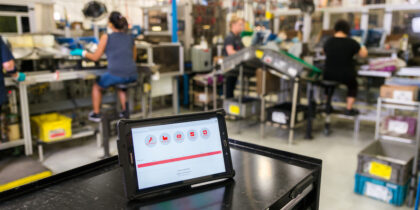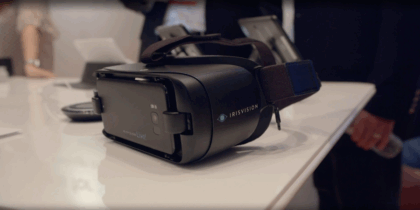Unless you’ve been trekking across the Sahara for the last month, the phenomenon of Pokemon Go will not have escaped you.
John Hanke, whose company Keyhole, Inc. created the technology behind Google Earth and Google Maps, has leveraged these mapping resources to create a game with his new company that appeals to the masses while illustrating the potential of augmented reality marketing — Pokemon Go. Whether you’re a Pokemon addict trying to “catch ’em all” or a cynic dismissing Nintendo’s wildly popular smartphone game as nothing more than a gimmick, the fact that tens of millions of people have heard of Pokemon Go is indicative of the power of the technology behind the game.
Pokemon Go layers a digital world on top of the real one, challenging players to go outside and find the virtual creatures hiding in their surrounding areas. For Nintendo, the game’s success has shown once again that combining the right technology with the right audience at the right time is a powerful formula. Just as Nintendo got people off the couch and made video games a more interactive experience with the Wii console, Pokemon Go has gotten millions of people around the world exploring the areas around them. It’s also doubled Nintendo’s value in the space of just two weeks.
Potential of Augmented Reality Marketing
Although Pokemon Go can be seen as the “coming out” moment for augmented reality, this technology is no overnight success.
Headsets in the virtual reality space are already generating a lot of buzz, and businesses are trying to figure out how to use this powerful technology to build their brand and attract customers. Content creators and marketers can learn a lot from the success of Pokemon Go, such as the importance of “relentlessly focusing on the customer experience” and having the “courage to bet big.”
Additionally, companies looking to capitalize on the Pokemon Go craze and use virtual and augmented reality will need to offer obvious benefits through the technology, rather than use it as a gimmick. A lot of organizations are already exploring this in areas like healthcare, education and even the military.
What’s Next?
Looking beyond augmented reality, the next big breakthrough may well be in “mixed reality,” a super-charged version of augmented reality where users wear headsets that allow them to not only see digital objects superimposed on the world around them, but to interact with them, too. Imagine playing Pokemon Go but being able to reach out and catch the Pokemon using your hands instead of your smartphone screen.
While the technology still has a long way to go before becoming mainstream, it too will have a “Pokemon Go moment,” and companies in all industries will have to monitor developments so that, like Nintendo, they can time it right and take advantage of the next big breakthrough when it happens.
Many businesses in the hospitality industry are also using augmented reality to enhance the guest experience at hotels and resorts.







